The history of our Universe, fusion research with comics, and clues about Alzheimer’s disease Understand article
Science in School is published by EIROforum, a collaboration between eight of Europe’s largest intergovernmental scientific research organisations (EIROs). This article reviews some of the latest news from the EIROs.
CERN: An augmented reality tour through our Universe’s history

users to explore the
emergence of the Universe
using augmented reality.
Google Arts & Culture/CERN
Ever since the Big Bang 13.8 billion years ago, our Universe has continued to expand and change. Beginning as a swirling soup of quark-gluon plasma, the Universe has undergone the formation of protons and neutrons, the evolution of atoms and molecules, and the birth of stars and planets – all to become the Universe we know today. Now you can experience this journey in just seven minutes with CERN’s new Big Bang augmented reality app.
Launched in collaboration with the Google Arts & Culture project, the free app creates an immersive adventure to explore our Universe’s history, narrated by Oscar-winning actress Tilda Swinton.
“One of CERN’s missions is to educate and engage people from all over the world with science and technology”, says Charlotte Warakaulle, CERN’s director for international relations. “With this app, we hope to reach new audiences and share with everyone the story of the origin of our Universe in an inspiring way.”
Download the Big Bang augmented reality app and explore additional guided tours from CERN on the Google Arts & Culture website.
The CERN laboratory sits astride the Franco-Swiss border near Geneva, Switzerland. It is the world’s largest particle physics laboratory.
EMBL: New mechanism in the biological control of RNA and proteins
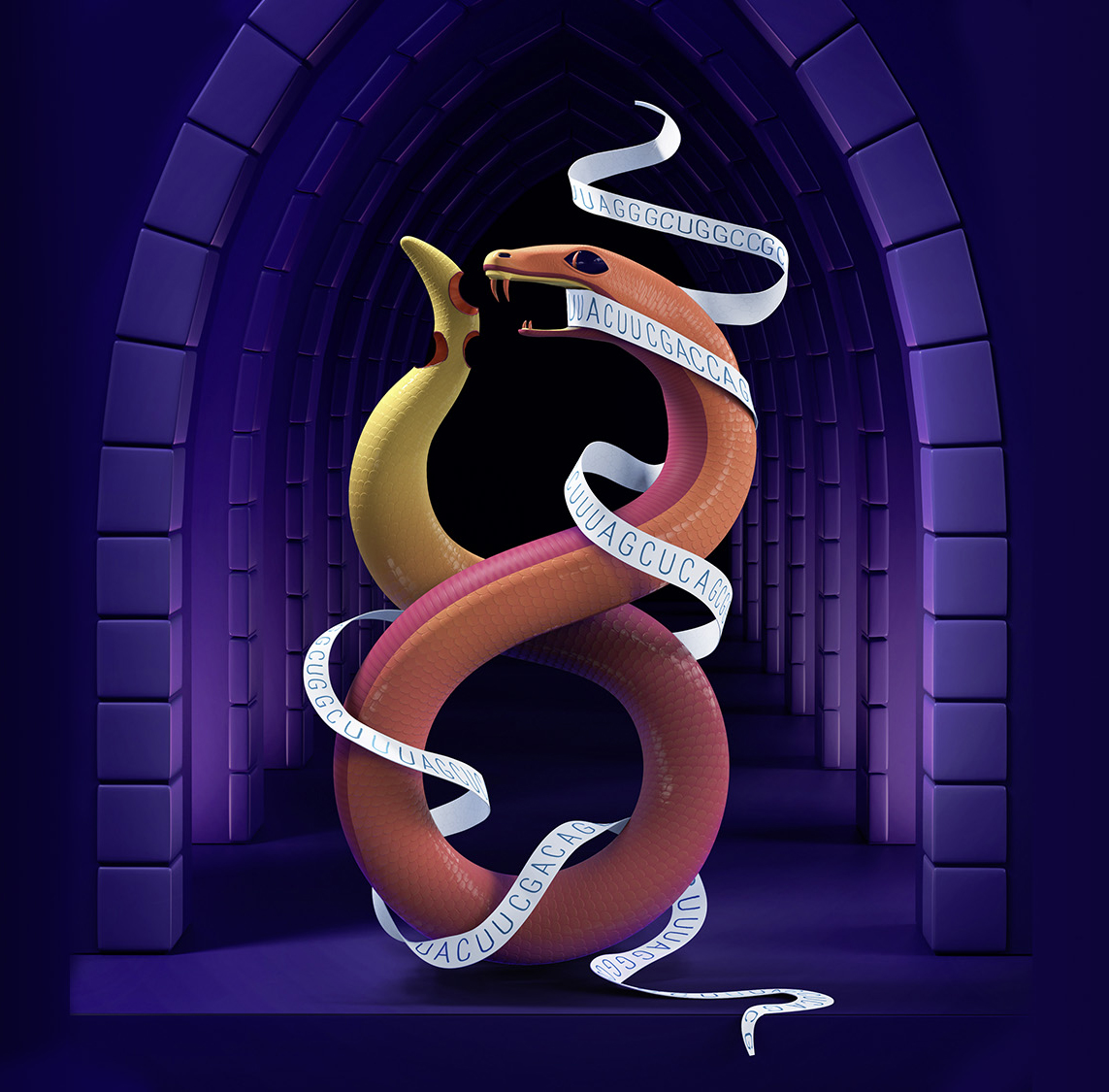
the p62 protein to prevent
the cell from carrying out
autophagy.
Tobias Wüstefeld/EMBL
All cellular processes rely on proteins. For cells to function properly, new proteins must be made in the right amounts and at the right times. Ribonucleic acid (RNA) molecules play many important roles to ensure that this occurs – but the action of RNA is itself regulated by proteins that bind selectively to RNA.
Recently, scientists at the European Molecular Biology Laboratory (EMBL) have discovered an example of a process where this is reversed: here, the action of a particular protein is regulated by RNA. The protein, known as p62, is involved in autophagy – the ‘self-eating’ process whereby cells recycle their redundant or damaged components. These components are broken down into their biological building blocks such as amino acids, which are used to build new structures within the cell.
The researchers found that when amino acid levels are sufficient, RNA binds to p62 and prevents autophagy. This research demonstrates that RNA molecules can control the action of protein molecules, and establishes this mechanism as a new form of biological regulation – which could help deepen our understanding of biology and disease.
Learn more about the study by visiting the EMBL website.
EMBL is Europe’s leading laboratory for basic research in molecular biology, with its headquarters in Heidelberg, Germany.
ESA: Next mission on board the International Space Station
Orbiting approximately 400 km above Earth, the International Space Station (ISS) brings together astronauts and scientists from across the globe. In July 2019, Luca Parmitano from the European Space Agency (ESA) will embark on his second mission to the ISS, alongside Russian cosmonaut Alexander Skvortsov and NASA astronaut Andrew Morgan. During the second half of his flight, Luca will act as the ISS commander, leading the crew on board the space station.
During his expedition, Luca will carry out research that will contribute to keeping humans safe on longer exploration missions. He will also take part in demonstrations to develop the technological and operational knowledge to allow humans, together with robots, to explore the Moon and Mars from orbit and on their surfaces.
Luca also plans to record several videos to support educational activities being developed by ESA for the next school year, to help promote STEM subjects among European students.
Find out more about Luca Parmitano on the ESA website.
ESA is Europe’s gateway to space, with its headquarters in Paris, France.
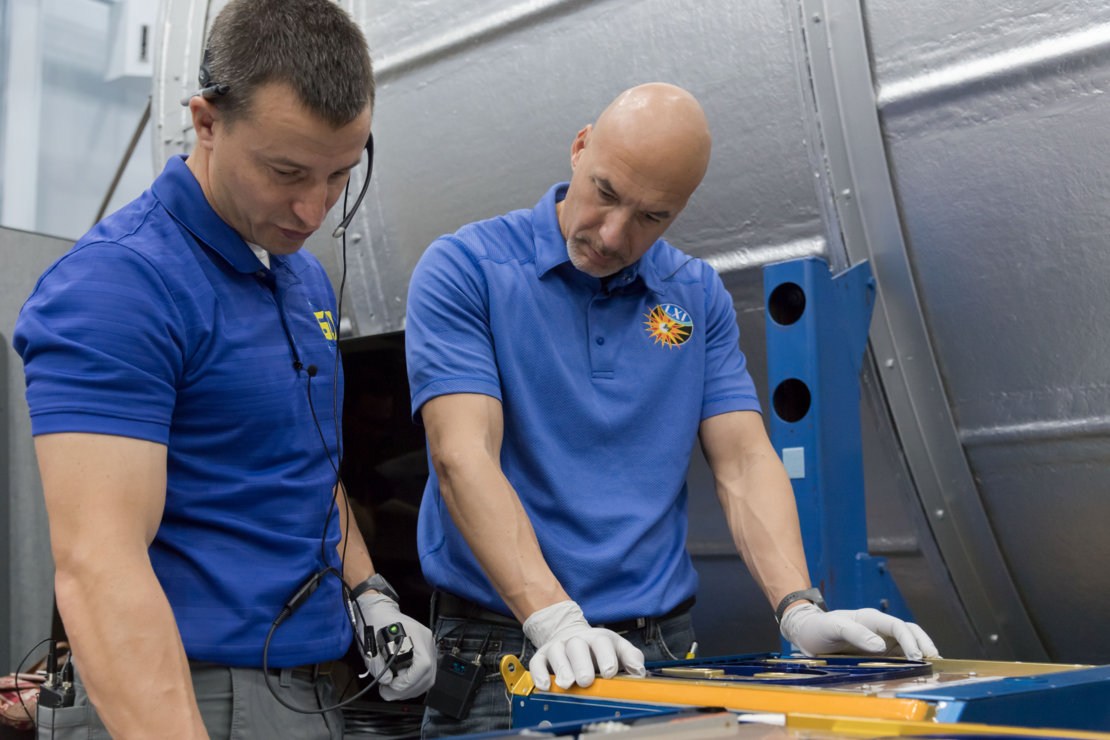
ESA
ESO: Exchange ideas at an upcoming astronomy education conference
On 16–18 September 2019, the European Southern Observatory (ESO) will host the first Astronomy Education Conference of the International Astronomical Union. The conference will be held at the ESO Supernova Planetarium and Visitor Centre – the ideal setting to bring together astronomers, astronomy education researchers and education practitioners to meet, collaborate and exchange ideas.
Featuring talks, posters and workshops, the conference will focus on three main topics: astronomy education research and standards; curriculum and instruction; and primary and secondary school teacher education. These topics will be explored both in theory and with a view to implementation.
In addition to the conference, the ESO Supernova will host five teacher training workshops this autumn, connecting teachers with scientists and engineers, and allowing teachers to try out hands-on teaching activities.
Find out more about the conference and how to register on the ESO Supernova website.
Stay informed about upcoming teaching training offered by ESO Supernova by visiting the website.
ESO is the foremost intergovernmental astronomy organisation in Europe and the world’s most productive ground-based astronomical observatory, with its headquarters in Garching, near Munich in Germany, and its telescopes in Chile.
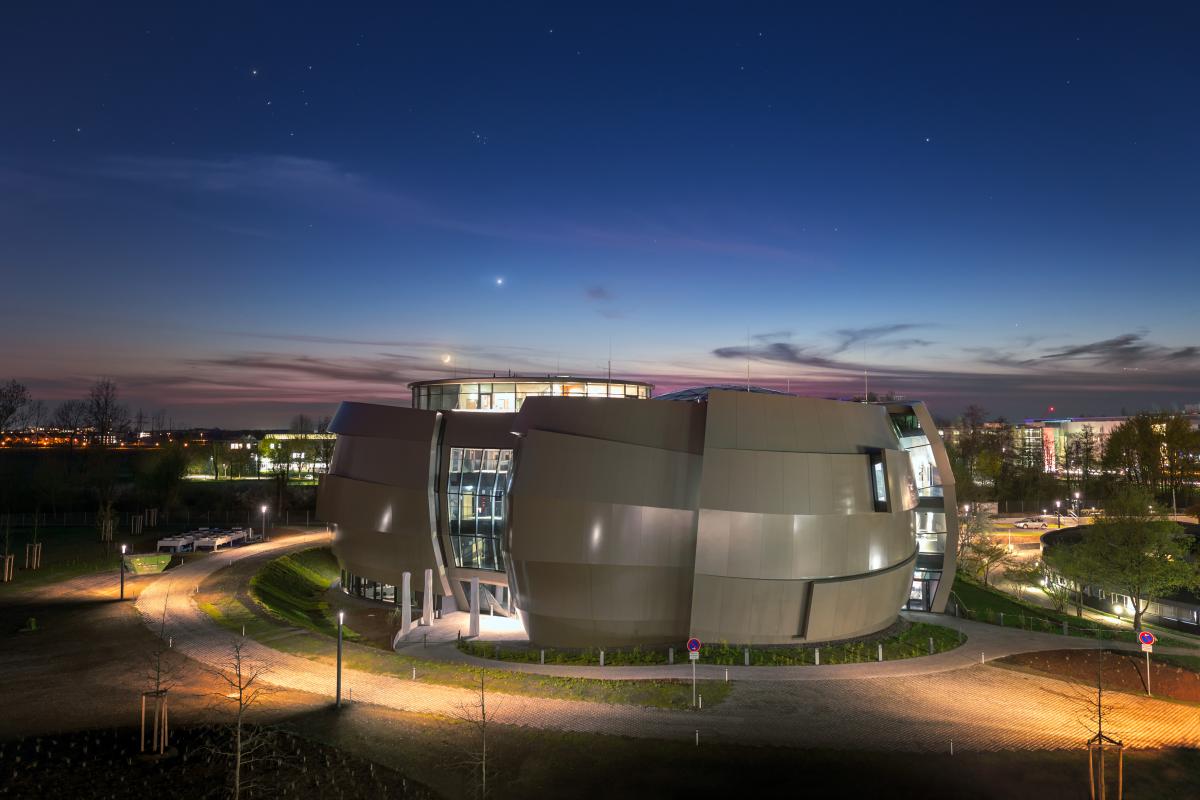
P Horálek/ESO
ESRF: Fourth-generation synchrotron enters its installation phase
Work continues at the European Synchrotron Radiation Facility (ESRF) to construct the world’s first high-energy fourth-generation synchrotron light source, the Extremely Brilliant Source (EBS). Earlier this year, the EBS officially entered its installation phase, after the first components were put in place in the storage ring tunnel in March 2019.
It is a key milestone in the facility’s 150 million euro upgrade programme, which will increase X-ray brilliance by a factor of 100 compared to present-day synchrotrons. “It’s a great moment for all the teams”, says Pantaleo Raimondi, ESRF’s accelerator and source director. “EBS represents a great leap forward in progress and innovation for the new generation of synchrotrons.”
Once installation is complete in November 2019, commissioning of the machine and beamlines will begin. The powerful new research instrument is set to open to scientists in September 2020.
Situated in Grenoble, France, ESRF operates the most powerful synchrotron radiation source in Europe.
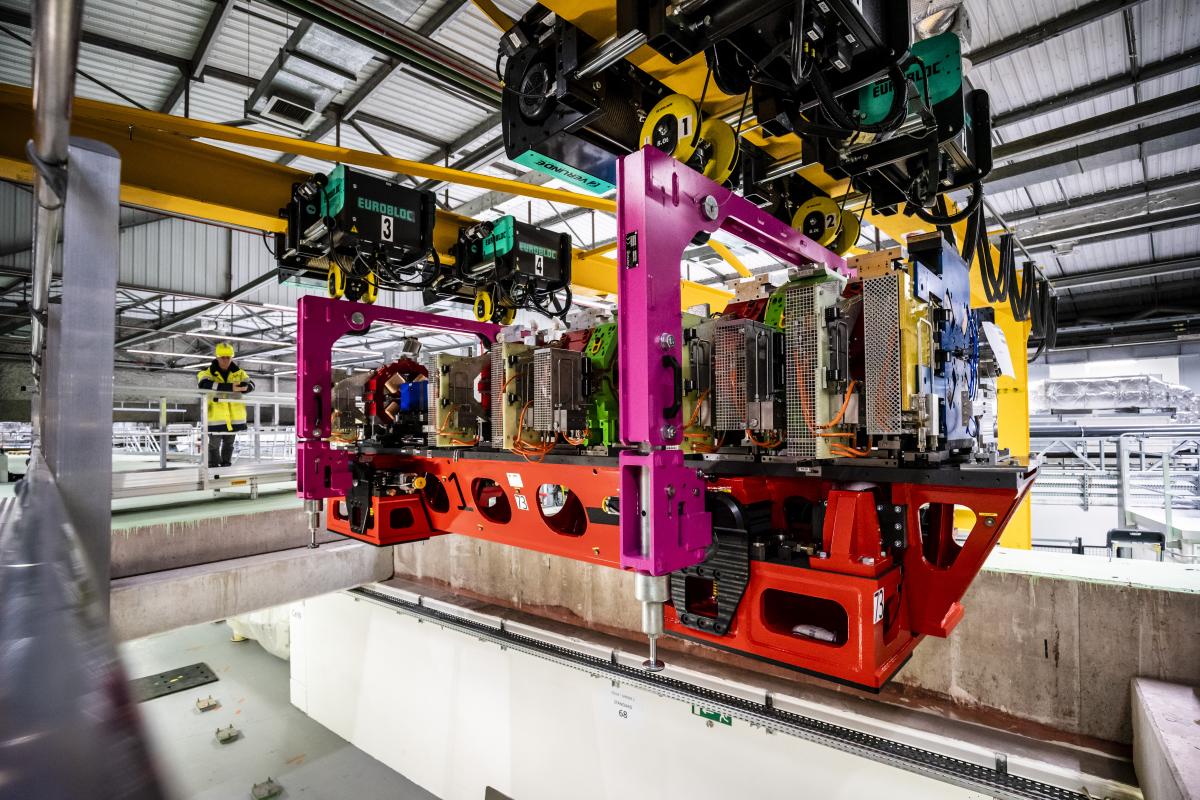
Steph Candé/ESRF
EUROfusion: Discover the world of fusion with manga comics
manga series that
introduces readers to the
world of fusion
ITER Japan
Explaining fusion research can be challenging, but a new manga comic series approaches the topic in a unique and fun way. Titled A Small Sun on Earth, the series is produced by the Japanese member of ITER, the world’s largest fusion experiment. Currently being built in France, ITER is at the heart of EUROfusion’s work.
In the first part of the series, the main character Taiyô Tenno, a young Japanese art student, introduces readers to the concept of fusion and gives them a peek inside ITER. Once constructed, ITER will prove that fusion energy – the process that powers our Sun – can be achieved on Earth. The second part of the series shares Taiyô’s story as an intern at ITER’s communications department.
Download both parts of the series (in English, French or Japanese) from the ITER website.
EUROfusion manages and funds European fusion research activities, with the aim of realising fusion electricity. The consortium comprises 30 members from 26 European Union countries as well as Switzerland and Ukraine.
European XFEL: Plans for a new visitor centre at the X-ray laser facility
The European X-ray Free-Electron Laser (European XFEL) has announced plans to open a visitor and conference centre on its campus in Schenefeld, Germany, with construction commencing in 2020. The centre will give the general public the opportunity to learn more about the research of the international facility through tours and talks. A 500 m2 interactive exhibition space will house displays explaining how the X-ray laser works and what scientists are using it for in their research. The centre will be equipped with two school labs, which will be run in collaboration with the Deutsches Elektronen-Synchrotron (DESY), a European XFEL partner institute.
Although construction of the visitor and conference centre has yet to begin, European XFEL has been hosting schools at the facility since early 2019. The facility welcomes visits from groups of students aged 15 and upwards. If you are interested in arranging a visit, please contact Marieke Sander.
European XFEL is a research facility in the Hamburg area of Germany. Its extremely intense X-ray flashes are used by researchers from all over the world.
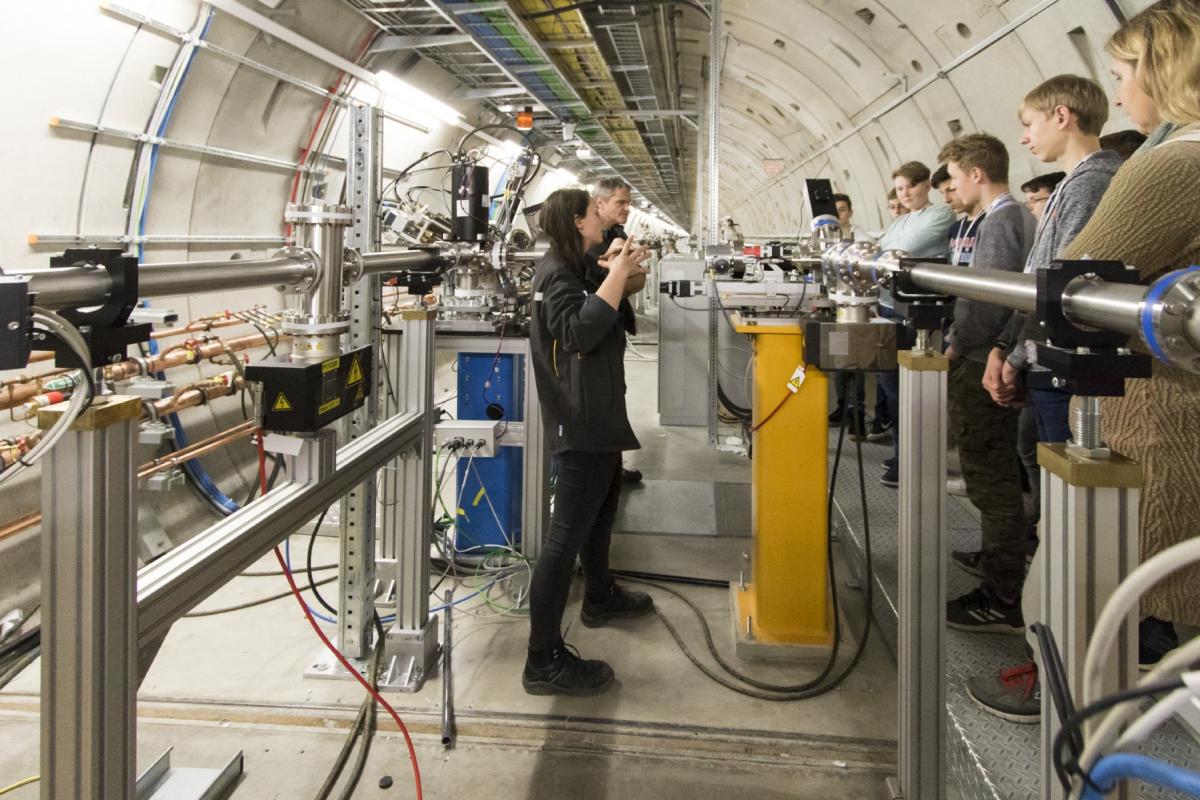
European XFEL
ILL: Neutron experiments uncover clues about Alzheimer’s disease
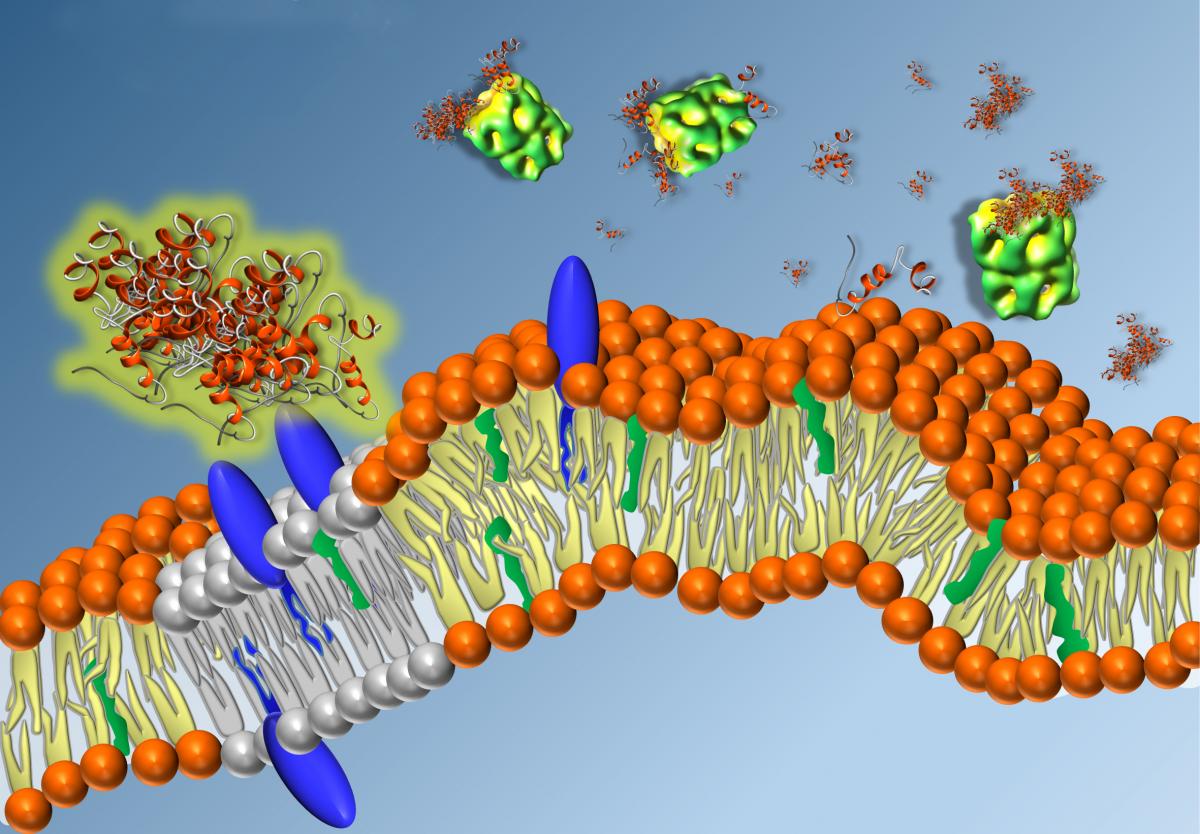
prevent the aggregation of
amyloid β-peptides into
plaques, which is a key
characteristic of Alzheimer’s
disease.
Rita Carrotta/Silvia Vilasi/CNR
Italy
Alzheimer’s disease is a chronic neurodegenerative disorder that affects memory, thinking skills and other mental abilities. One of the hallmarks of the disease is the aggregation (clumping together) of a naturally occurring type of molecule (amyloid β-peptides) to form plaques. These plaques accumulate between nerve cells and damage cell membranes in the brain.
Researchers have used neutron experiments at the Institut Laue-Langevin (ILL) to explore the toxic effect of amyloid β-peptides that arise during plaque formation. They found that these plaques caused the nerve cell membranes to become more rigid, but that a certain protein (known as Hsp60) inhibited the aggregation process, stopping the membranes stiffening and ultimately preventing plaques from forming. The next step will be to investigate how exactly the Hsp60 protein achieves this, to learn more about the extremely complex aggregation pathway.
Learn more about the study by visiting the ILL website.
Based in Grenoble, France, ILL is an international research centre at the leading edge of neutron science and technology.
EIROforum
EIROforum combines the resources, facilities and expertise of its member organisations to support European science in reaching its full potential.
To learn more, see a list of EIROforum-related articles in Science in School or browse the other EIRO news articles.






